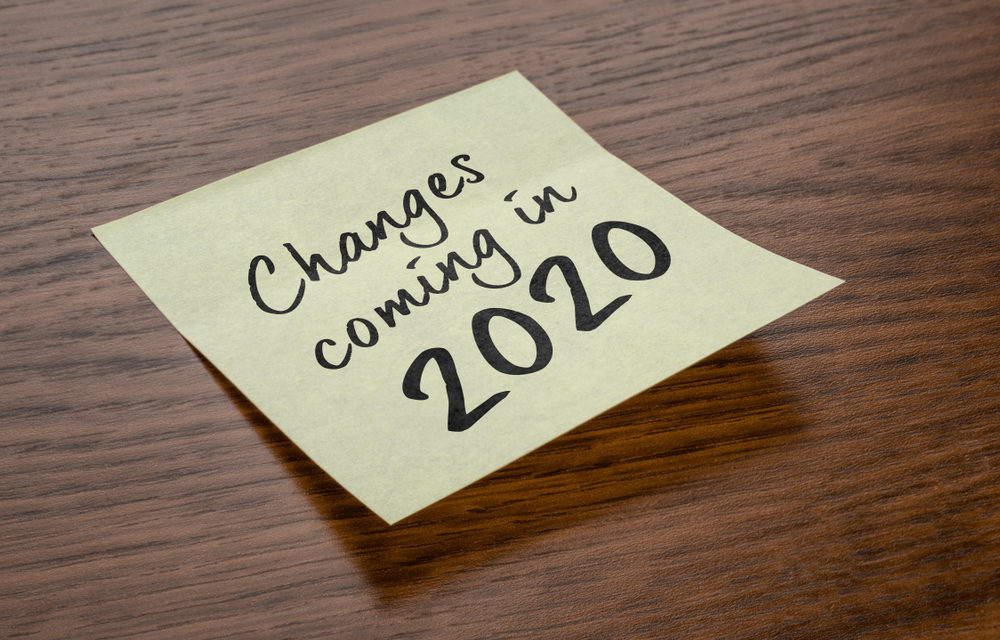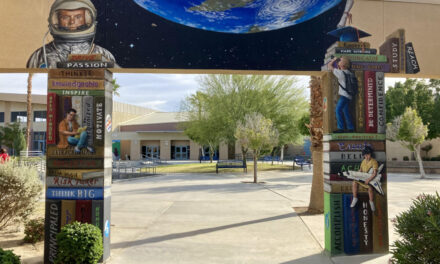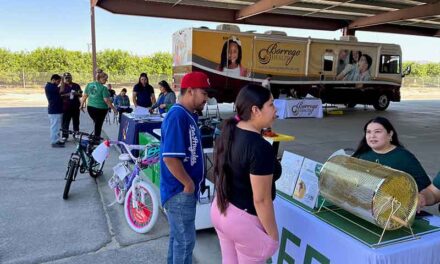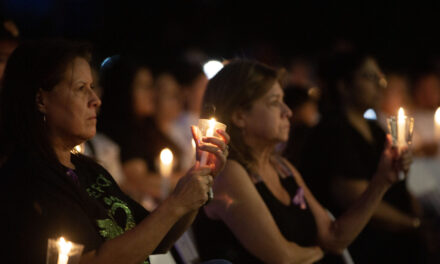Drivers, motorcycle riders and those who plan to fly domestically in 2020 should take note of new laws and policy changes that could affect them, according to the Automobile Club of Southern California.
On Oct. 1, 2020, the U.S. REAL ID Act takes full effect. Beginning on that date, air passengers will no longer be able to use standard-issue California driver licenses to board a domestic flight. Instead, they must use a current passport, military or other federally approved ID, or a California REAL ID-compliant driver’s license. Motorists must visit the DMV in person to obtain a REAL ID and bring along several documents proving their identity, citizenship and residency. The Auto Club urges residents to obtain a current passport or REAL ID well before Oct. 1 to avoid problems boarding a flight. For more information, click here.
In 2019, the California State Legislature approved several new laws of interest applying to motorists. Unless otherwise noted, these measures take effect January 1, 2020:
- Distracted driving: Sponsored by the Auto Club, Assembly Bill 47 requires the Department of Motor Vehicles (DMV) to assess a point on a person’s driving record for any conviction of operating a handheld wireless communications device while driving that occurs within 36 months of a prior conviction of the same offense, if the second violation occurs after July 1, 2021.
- Currently, a conviction of a wireless-device offense does not carry a point on the driving record.
Exhaust systems: Senate Bill 112 updates the noise-testing standards for vehicle exhaust systems and modifies existing law to allow an individual who is arrested on suspicion of or cited for a violation of noise standards to fix the noise violation and provide proof of correction instead of facing other enforcement actions. This restores the law to what it was prior to 2018 but doesn’t apply to a violation that consists of modifying a motorcycle’s exhaust system. This change took effect September 27, 2019. - Bicycles: Assembly Bill 1266 allows a person riding a bicycle to travel straight through a right or left turn lane when an official traffic-control device indicates the movement is permitted. The measure also requires the California Department of Transportation to develop standards for lane striping, pavement markings, and signage to implement the bill.
- DMV appointments: Assembly Bill 317 makes it unlawful for any person to sell, or offer for sale, a DMV appointment. This bill attempts to discourage profiteering by individuals who sell appointments with the DMV because those appointments are intended to be free to the public.
- Foreign Service driver’s licenses: Senate Bill 267 allows the driver’s license of a person enlisted in the United States Foreign Service and of his or her spouse to remain valid for the entire period the Foreign Service employee remains out of the state and for 30 days thereafter from the time the holder is honorably separated from service or returns to California.
- Driver’s license suspensions: Senate Bill 485 generally provides that to the extent permitted by federal law, the court and DMV shall not suspend or delay a person’s driving privilege based on that person’s conviction of a criminal offense not involving a violation of the Vehicle Code, unless the offense involved the use, or attempted use, of a vehicle or the suspension and delay is otherwise authorized by law.
- Used tires: Assembly Bill 949 requires an automotive-repair dealer to visually inspect a used tire to determine whether a tire meets the criteria of an unsafe tire, which includes a tire with a tread depth of less than 2/32 a tread depth of less than 2/32 of an inch. If the tire is deemed unsafe, the dealer may not install that used tire on a vehicle. The bill, however, does not apply to tire repairs, rotation, balancing, or a tire mounted on a wheel that is temporarily removed from a vehicle and reinstalled on the same vehicle.
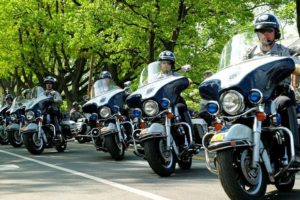 The Auto Club is also reminding motorists that California law does not prohibit motorcycle “lane splitting,” which is the practice of motorcyclists riding beside a vehicle in the same lane to pass. However, the California Highway Patrol does warn motorcyclists that lane splitting can be extremely dangerous and caution should be exercised at all times. The CHP offers the following tips for motorcycling lane splitting, in response to a 2016 law passed by the California Legislature:
The Auto Club is also reminding motorists that California law does not prohibit motorcycle “lane splitting,” which is the practice of motorcyclists riding beside a vehicle in the same lane to pass. However, the California Highway Patrol does warn motorcyclists that lane splitting can be extremely dangerous and caution should be exercised at all times. The CHP offers the following tips for motorcycling lane splitting, in response to a 2016 law passed by the California Legislature:
- Consider the total environment when you are lane splitting (this includes the width of lanes, the size of surrounding vehicles, as well as current roadway, weather, and lighting conditions).
- Be aware that danger increases when there is a significant difference between the speed of the motorcycle and the vehicle it is passing. The higher the difference in speeds, the more the danger increases.
- Danger increases as overall speed increases.
- It is typically safer to split between the far left lanes than between the other lanes of traffic.
Avoid lane splitting next to large vehicles (big rigs, buses,motorhomes, etc.). - Riding on the shoulder is illegal; it is not considered lane splitting.
- Be visible – Avoid remaining in the blind spots of other vehicles or lingering between vehicles.
- Help drivers see you by wearing brightly colored/reflective protective gear and using high beams during daylight.
Image Sources
- Cops: AAA SoCal
- Changes Coming in 2020: Shutterstock

